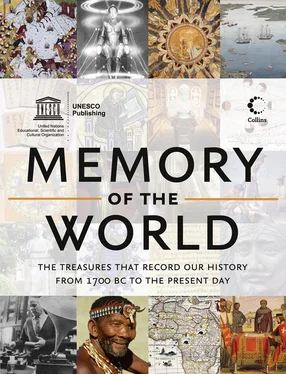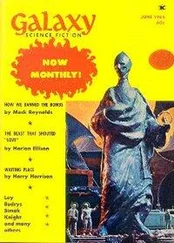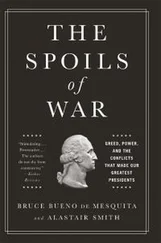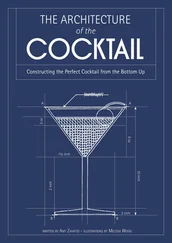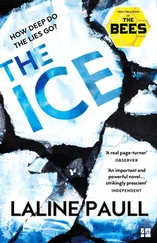Among the most important items are the Greek papyri from the period between the end of Byzantine rule and the start of the Muslim control in Egypt in the 7th century AD. The period was one of upheaval, and the contents of the papyri document this. Other items include the oldest written Arabic text and a receipt, written in both Greek and Arabic, dating from the start of Muslim rule in the country.
The collection’s treasures include some unique religious texts of great importance for the documenting of the ancient Egyptian religion, Christianity and Islam. These include Books of the Dead (including one with gilded pictures), rare New Testament papyri and the oldest-known fragment of the biography of the Prophet Mohammed.
Also among the vast wealth of material are individual special items of particular interest. Included is possibly the only surviving piece of the Library of Alexandria, as well as the oldest-known fragment of an ancient song. The works of many ancient writers and poets are represented here.
Many of the most important languages in the Old World exist in original writing in the collection. Examples include the Egyptian languages in their different forms: hieroglyphics, hieratic, demotic and Coptic, as well as Latin, Hebrew, Aramaic, Syriac and Pehlewi (Middle Persian). Most numerous are the texts in Arabic and Greek, which was the language of the establishment and of administration for almost a millennium from around 300 BC onwards.
The Austrian National Library has a separate Papyrus Museum which features some highlights of the collection and allows an insight into the lives of some of the people who lived in the Nile Valley over a period of 3000 years.
Commemorative stelae of Nahr el-Kalb, Mount Lebanon
Inscribed 2005
What is it
A series of commemorative stelae (carved stone tablets) depicting Lebanese history from the 14th century BC to the present through the inscriptions left by successive armies.
Why was it inscribed
Situated on a strategic north-south road, the stelae, carved with inscriptions in different languages, evoke the history of Lebanon and testify to its relations with the rest of the Middle East and the West.
Where is it
Nahr el-Kalb, Mount Lebanon, Lebanon
The commemorative stelae of Nahr el-Kalb, the Lycus or Dog River, on Mount Lebanon are a series of stone tablets depicting Lebanese history from the 14th century BC to the present through the inscriptions left by successive armies: Pharaonic, Assyro-Babylonian, Greek, Roman, Arab, French and British. Situated at a difficult and very steep crossing point on an important north-south road, the stelae were carved into the rocks with inscriptions in different languages. They evoke the history of Lebanon and testify to its relations with the rest of the Middle East and the West.
The hillside where the stelae are carved forms a strategic location, protected by a water course and steep escarpment that commands the coast road which links the south of the country to the north. From the time of the Old Kingdom in Egypt, the road was taken by the Pharaonic armies for two reasons: to ensure easy, rapid access to the timber of the Lebanese cedar (Cedrus libanus), a rare and valuable commodity in Egypt; and to block the road to invaders from the north, in particular the Mitanni and the Hittites. The first stele was built by the pharaoh, Ramses II. Likewise, the Assyro-Babylonians, coming from Mesopotamia, planned their incursions to gain free access to the Mediterranean in order to spread out in all directions. Later conquerors, the Greeks, Romans, Arabs, Mameluks, Ottomans, French and British, followed suit, marking their passage with stelae which remain the best evidence of their presence.
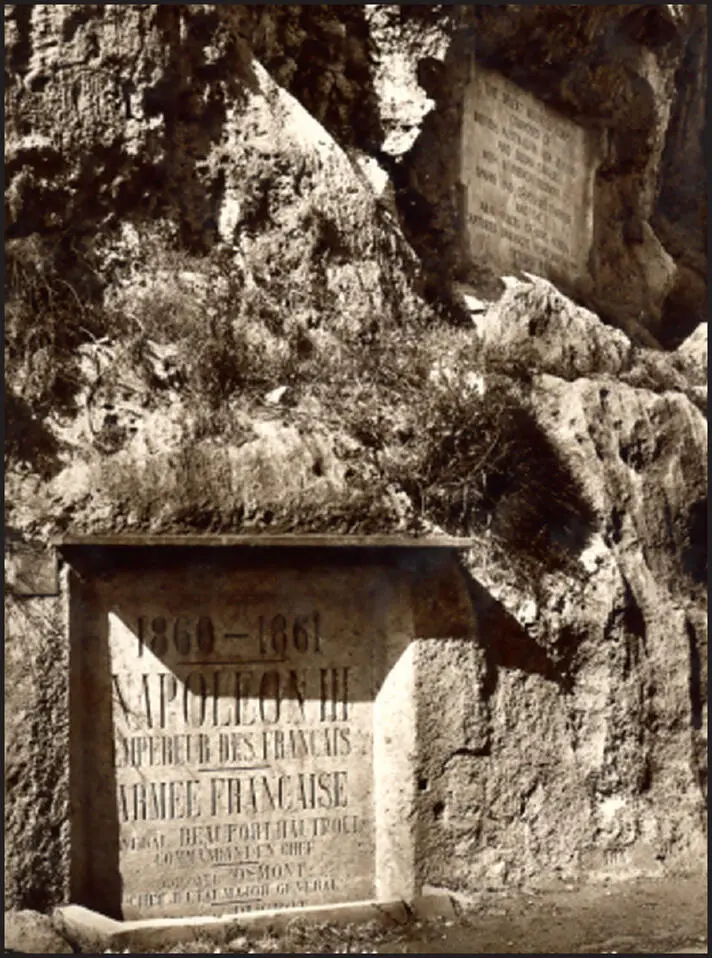
Commemorative stelae have been carved into the hillside since prehistoric times, marking the passage of armies through the dangerous pass of Nahr el-Kalb, near Mount Lebanon. The stele illustrated here commemorates the passage of French troops in 1861 during the rule of Napoleon III.
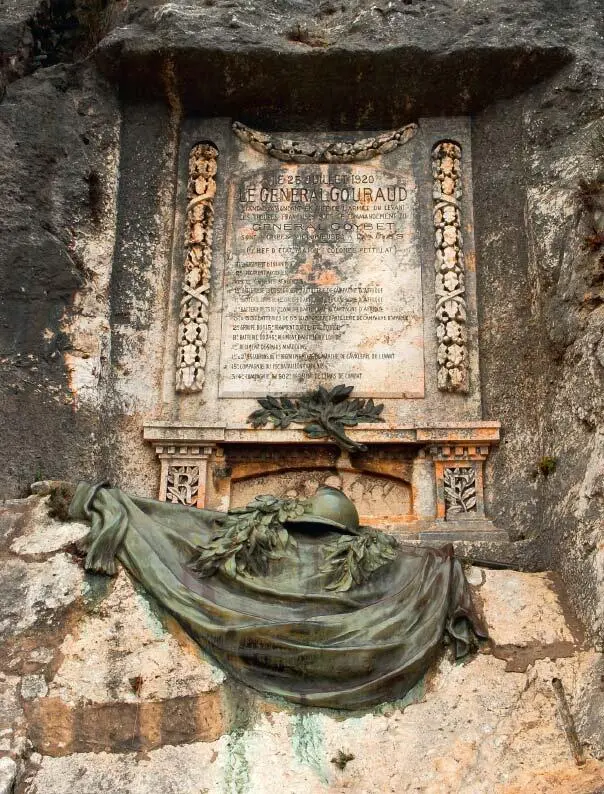
This stele marks the passage of French troops under General Gouraud in July 1920, on their way to Damascus.
The stelae are carved in soft, chalky limestone. In all there are twenty-two stelae, carved in many languages, including Egyptian hieroglyphs, Assyro-Babylonian cuneiform, Greek, Latin, English, French and Arabic. The series of stelae, unique in number and style, are in imminent danger of erosion, on the one hand, and vandalism on the other, making protection and conservation measures a matter of necessity and urgency.
The Phoenician alphabet
Inscribed 2005
What is it
The Phoenician alphabet, developed in 13th-century BC Phoenicia, is a non-pictographic, consonantal alphabet.
Why was it inscribed
The Phoenician alphabet is the writing system that is regarded as the prototype for all alphabets of the world today.
Where is it
Stele no. I is in cadastral lot n.35 that falls within the municipality of Zouk Mosbeh. Stelae nos. II–XXII are located in plot n.98 that belongs to the Order of Antonine (Wakf St Joseph – City of Dbayeh)
The Phoenician alphabet was developed in the 13th century BC in Phoenicia, an area that spanned much of the eastern shore of the Mediterranean in the region of Canaan, the zone of the Middle East known as the Fertile Crescent. Phoenicia was a seafaring nation with trading links mostly along the southern shores of the Mediterranean, and by the 13th century BC it was the foremost maritime power in the region.
Trading and cultural links brought the Phoenicians into contact with the writing systems used in Egypt and Mesopotamia, the two major powers of the time. The Phoenicians used both these alphabets – hieroglyphics and cuneiforms – but in the 13th century they devised their own system.
What made the new alphabet so innovative was that it used the sounds of the contemporary Phoenician dialect and represented them in letter form. Unlike pictograph-based writing systems, a phonetic alphabet cut down on the number of characters needed for expression, thus simplifying the language and making it easier to use. Their writing system spread into the western and eastern worlds.
There were twenty-two letterforms in the Phoenician alphabet, which was an abjad – that is, all of its letters were consonants. It is widely seen as the precursor to most of the major alphabets in use today. As Greece became the economic and cultural powerhouse, so the Phoenicians’ alphabet gradually gave way to the Greek; furthermore, some letters were modified to function as vowels. However, traces of the Phoenician alphabet can still be found in the Roman era in the 1st century AD.
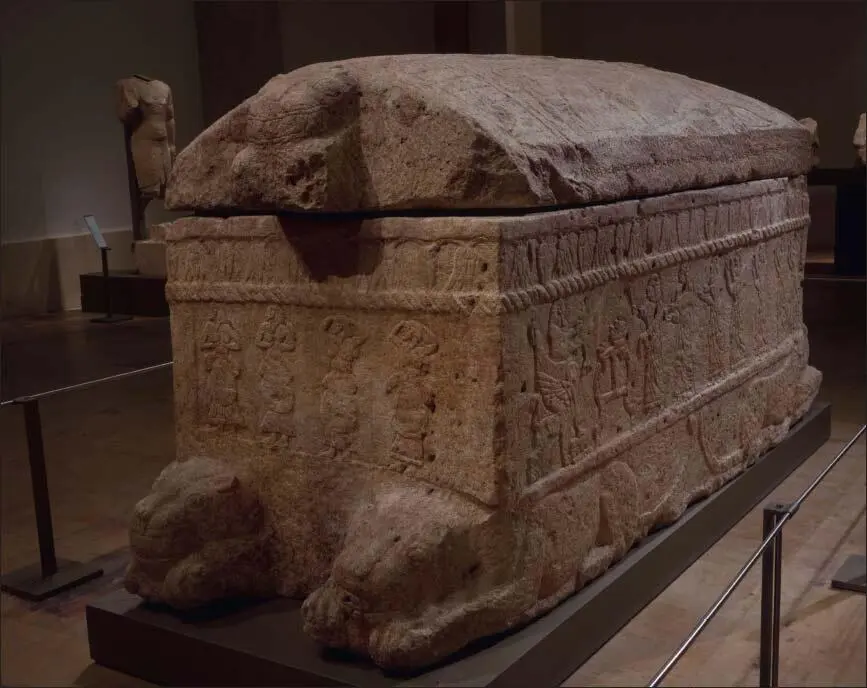
The sarcophagus of King Ahiram of Byblos bears the oldest example still extant of the full Phoenician alphabet, from around 1200 BC.
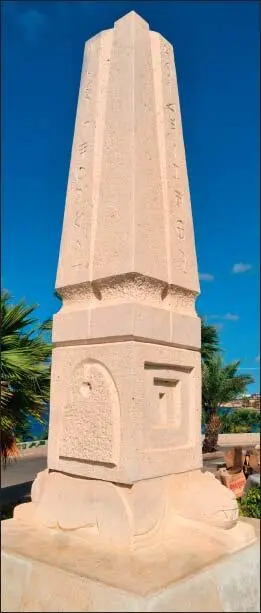
Monument to the Phoenician alphabet at the UNESCO World Heritage Site, Byblos, Lebanon.
The oldest example still extant of the full alphabet dates from around 1200 BC and is engraved on the sarcophagus of King Ahiram of Byblos, a Phoenician city.
Читать дальше
